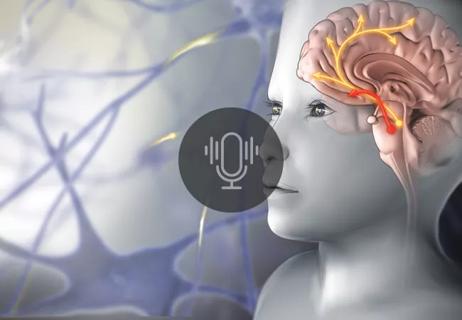Empathy, eye contact and listening are paramount
End-of-life care means reaching patients in their most personal and vulnerable times, and it requires physicians to be comfortable discussing mortality. There are as many strategies for starting these conversation as there are clinical scenarios, says Edward Benzel, MD, Chairman Emeritus of the Department of Neurosurgery and a neurosurgeon in the Center for Spine Health at Cleveland Clinic.
Cleveland Clinic is a non-profit academic medical center. Advertising on our site helps support our mission. We do not endorse non-Cleveland Clinic products or services. Policy
“One way is to break the ice before you have all the information, by informing the patient and family of multiple possible scenarios, including worst-case scenerios,” he says. “This allows the patient and family to gradually come to terms with the ultimate diagnosis.”
Dr. Benzel offers more guidance and shares his personal reflections on leading end-of-life discussions in the newest episode of Cleveland Clinic’s Neuro Pathways podcast. He touches on:
Click the podcast player above to listen to the episode now, or read on for a short edited excerpt. Check out more Neuro Pathways episodes at clevelandclinic.org/neuropodcast or wherever you get your podcasts.
Dr. Benzel: The most important thing for a physician who is transmitting information to a patient and family is the employment of empathy — making eye contact, being concerned, really listening, not breaking silence. Sometimes, when emotional patients have just received the diagnosis of a malignant cancer, they may become tearful and not say anything for a while. The worst thing we can do in that circumstance is break the silence and not allow the patient to take the conversation in a trajectory that probably would have much more meaning.
So many times I see patients for whom doctors have sugarcoated life expectancy or not talked about life expectancy whatsoever. I think it’s most reasonable to be a realist — not a pessimist nor an optimist — and to always be honest. If the patient asks a question, answer it honestly, because that’s what they want to know.
They should be assured that they will be in control. There will be decisions that need to be made that they will make. We need to empower the patient, allow them to drive the bus. We tend to be paternalistic in medicine, but letting the patient be in control means a lot to them. Bottom line: Establish a relationship based on trust.
Each patient is unique and requires an approach that is tailored for them. Social variables, family support or lack thereof, preconceived notions and other factors make each case very different. Part of the physician skillset involves the ability to individualize communication strategies. Some patients want full control. Others want the doctor to decide. In the extreme, the physician may be required to become paternalistic, but that is an extreme situation. For the most part, the physician should guide patients to make the best decision for themselves.

Determining the right dose and injecting in the right muscle can be challenging

New research sheds light on a potentially devastating condition that is reversible when properly managed

Testing options and therapies are expanding for this poorly understood sleep disorder

Neurology is especially well positioned for opportunities to enhance clinical care and medical training

How functional restoration can help children with these conditions marked by unexplained pain with stigmatized symptoms

Despite advancements, care for this rare autoimmune disease is too complex to go it alone

A discussion of special care considerations before, during and after pregnancy

Data-driven methods may improve seizure localization and refine surgical decision-making